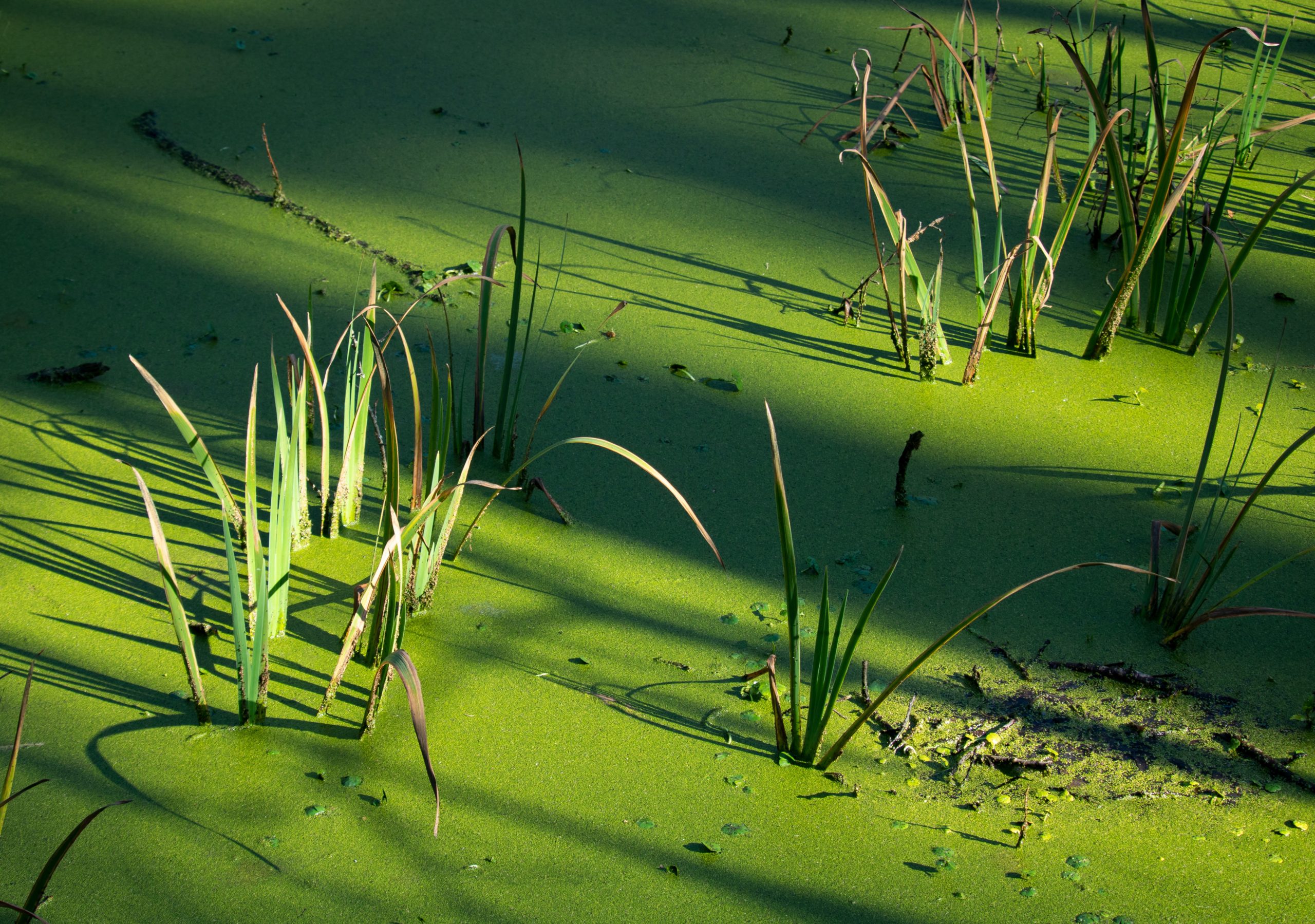
Pond algae is often associated with hot, lazy summer days, but we often get calls in early spring about major pond algae blooms and many questions about algae control. A common misconception is the cold water and weather is enough to prevent growth, but just like all of us shaking off the winter blues, algae is primed for warm weather and rapid growth.
Once ice is gone, the combination of warming temps and longer days can make many ponds prime candidates for an algae bloom. While the bulk of the water is still quite cold, the surface and shallow water areas can warm quickly. Nutrient load in the spring can also be quite high as the accumulation from the fall through winter has sat dormant due to the cold winter temps. Bacteria have not been able to process those nutrients and slowed winter plant growth leads to an abundance of available nutrients. The combination of warm water and abundant nutrients can quickly lead to an early spring algae bloom.
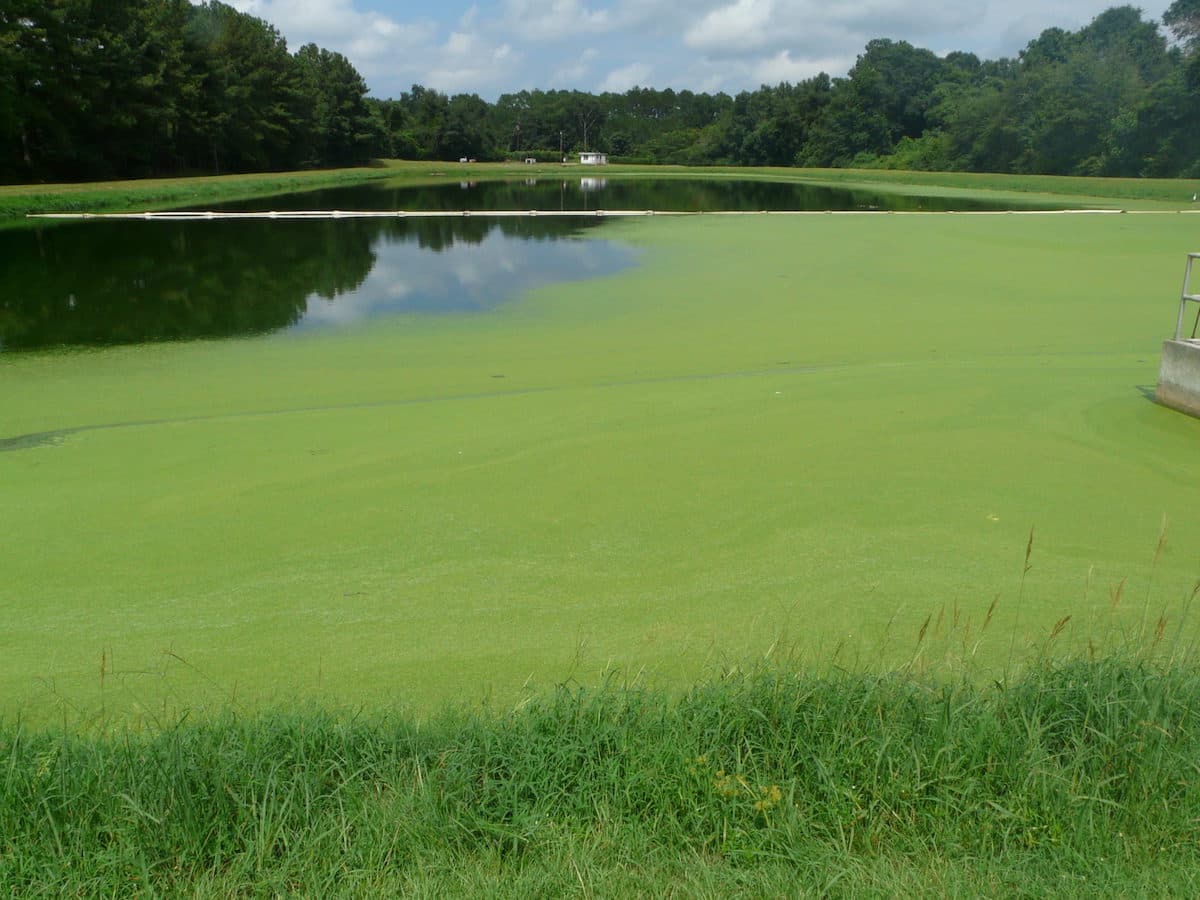
A way to combat this is to properly mix and aerate the pond. By mixing the entire volume of water, you are able to have more uniform temperature throughout the pond. This will slow the temperature increases and prevent shallow areas from warming faster than deeper areas. In the spring, keeping the water cooler at the surface longer can help limit algae growth. The mixing will ensure the bottom warms faster than it normally would, allowing bacteria to process organics and nutrients earlier. Simply by aerating and mixing your pond as soon as the ice is off, you can successfully slow algae growth by processing nutrients faster and limiting the rapid warming of shallow surface water.
This practice will also make a more hospitable environment for your fish, allowing them to use the entire volume of water. The more uniform temperature distribution and gradual warming of the water will allow your fish to successfully transition into the summer growing season.

In deep ponds, this means installing RobustAire™ as soon as the ice goes out. RobustAire is ideal for ponds 8-10 ft. deep or more. If your pond is relatively shallow, surface aeration is best and our Surface Aerators are often the best choice if a fountain is not desired.
No matter which aeration system you think is best for your application, the earlier you implement a water quality improvement solution the better. Now is the perfect time to talk to a Kasco biology and tech expert to determine which system is right for you.
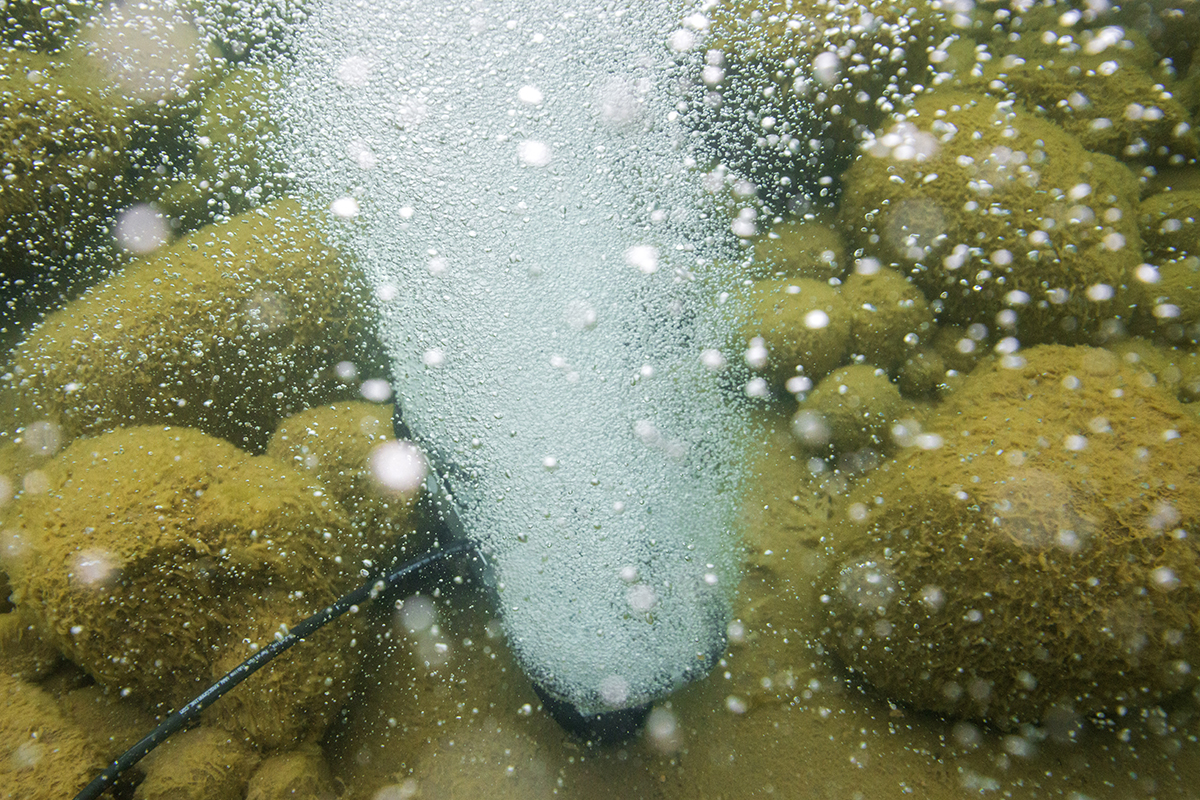
Contact us at 715-262-4488 or support@kascomarine.com to talk through your needs.
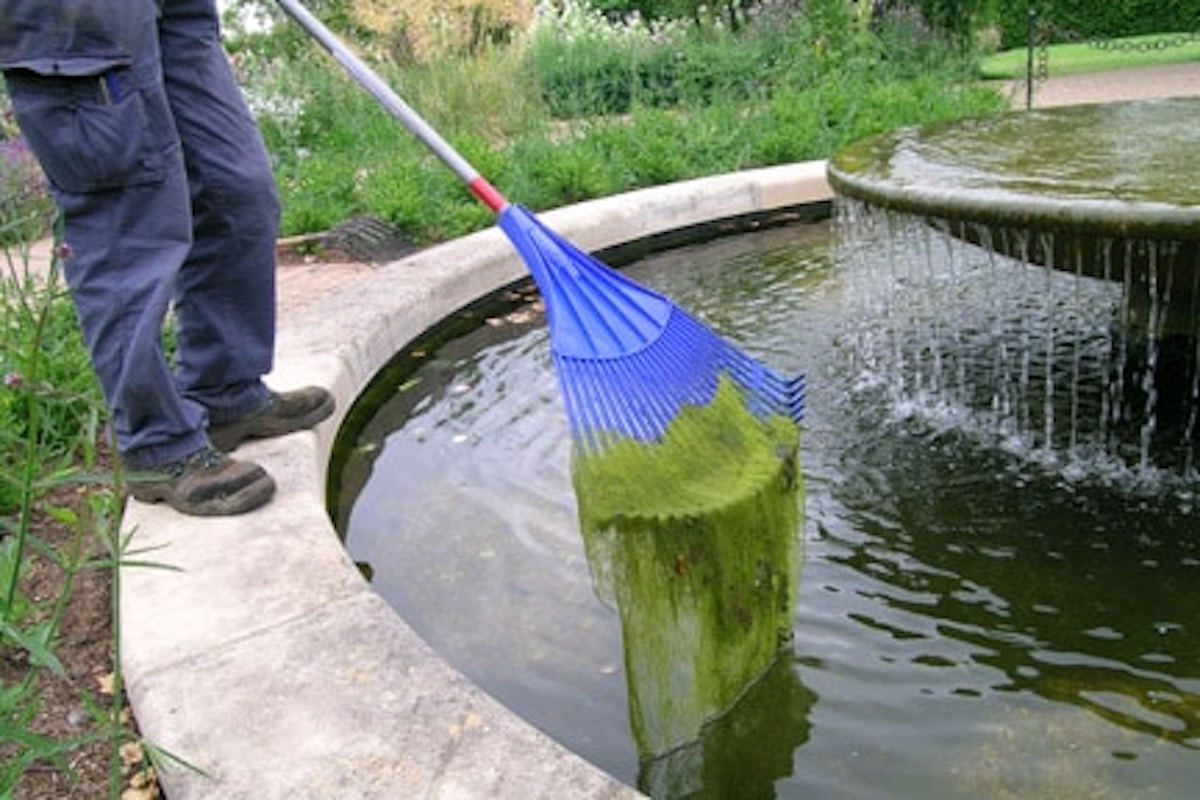 3 Most Common Types of Pond Algae
3 Most Common Types of Pond Algae
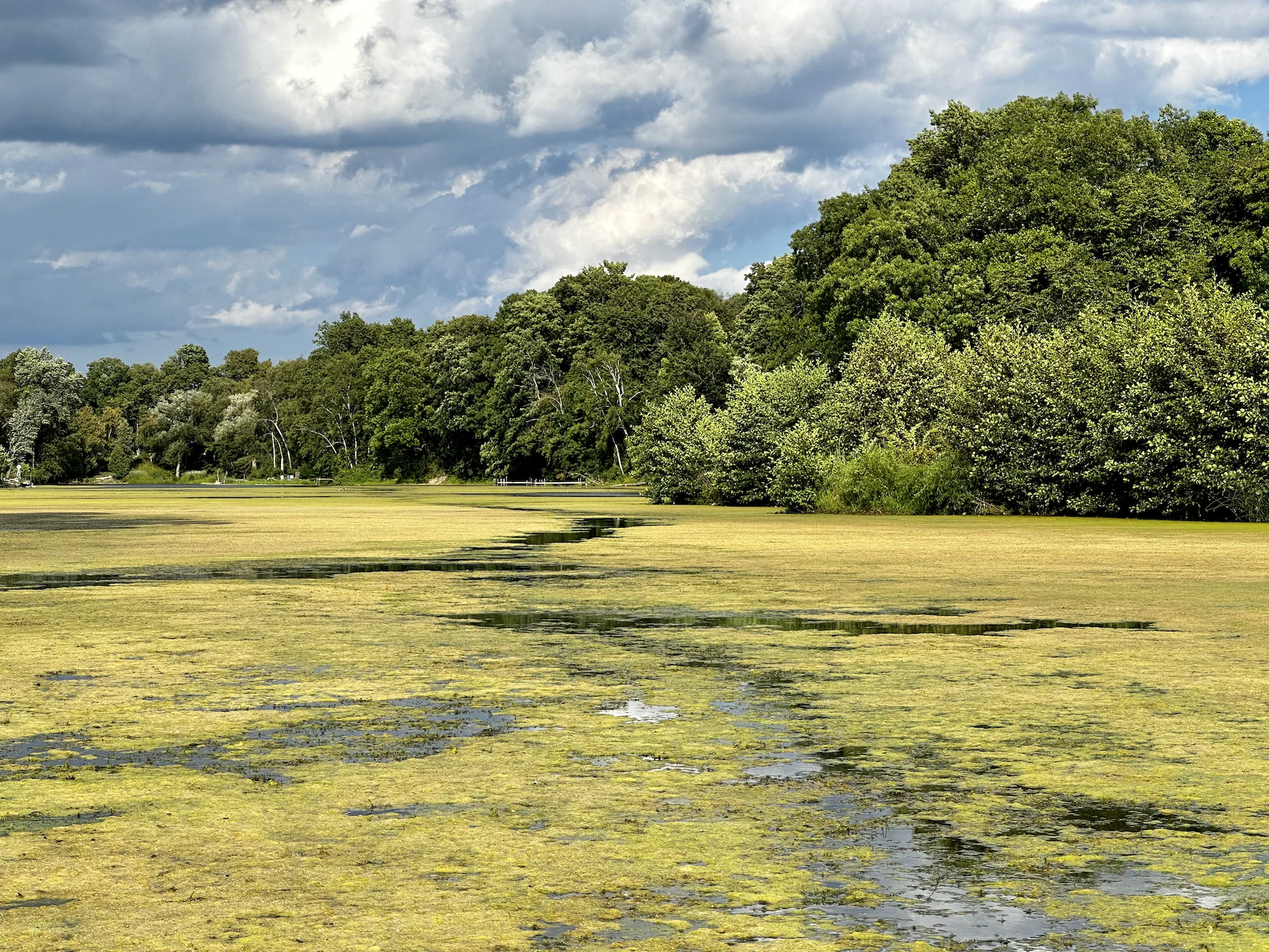 Benefits and Problems with Pond Algae
Benefits and Problems with Pond Algae
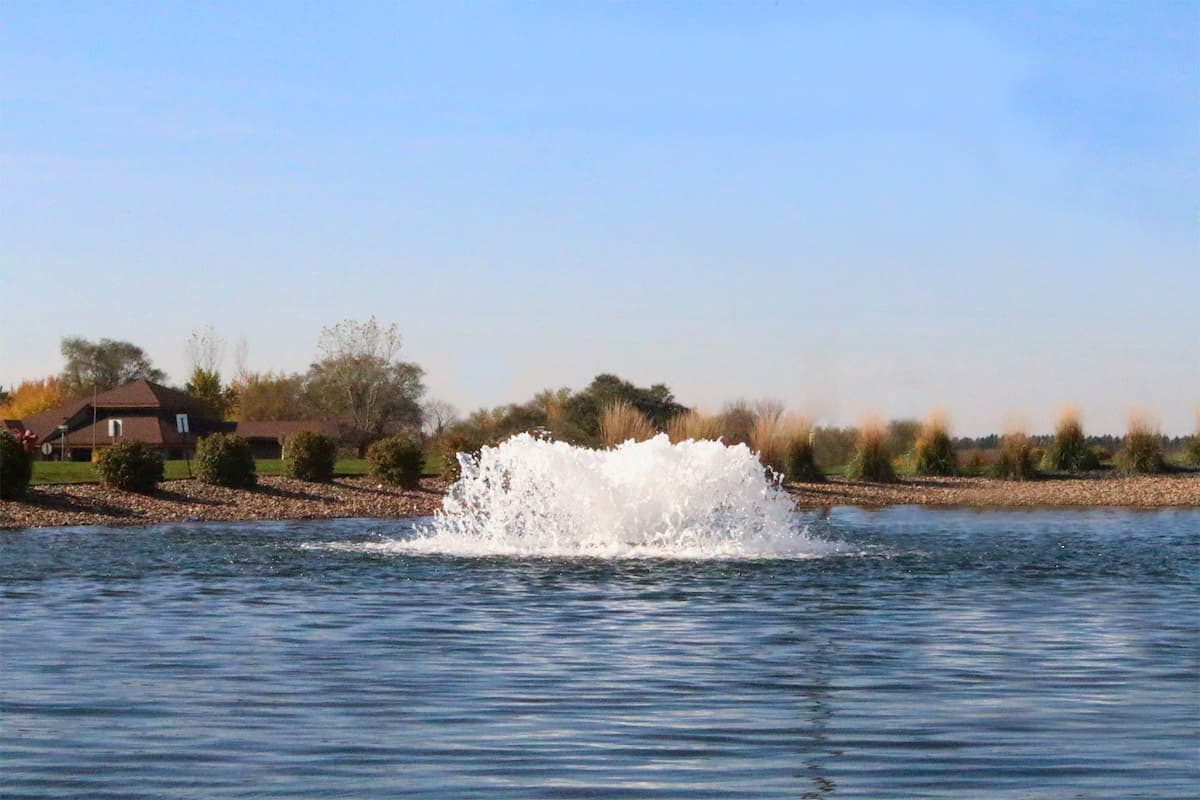 8 Things to Know About Aeration
8 Things to Know About Aeration